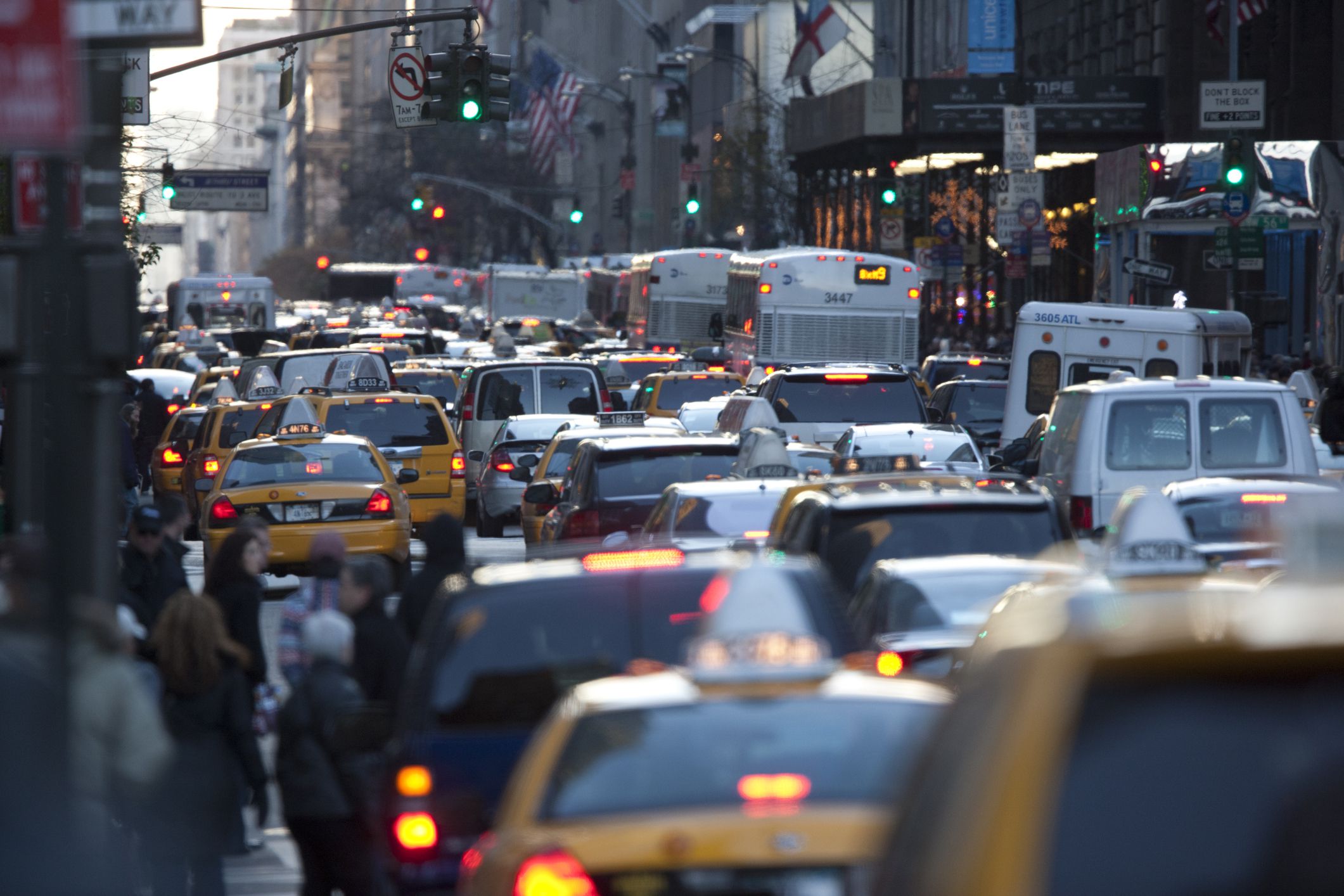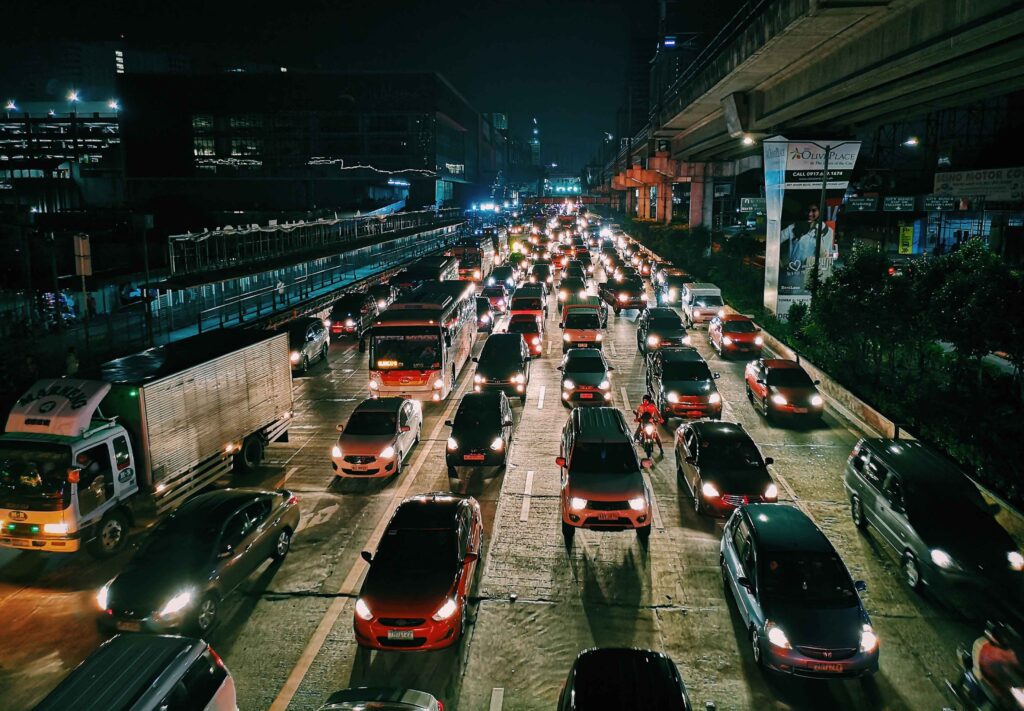
Noise Pollution
Noise pollution is unseen threat. It is invisible, but it exists on land & under the water. Any undesired or irritating sound that impairs the health & well-being of humans & other living organisms is considered noise pollution.
According to a report issued on Thursday, potentially damaging human-caused noise pollution impacts nearly 2-3s of all reserved areas in the United States.
As per Colorado State University & the US National Park Service, 63 percent of all US protected areas are exposed to manufactured noise from traffic & activities like mining which is at least twice as loud as ambient noises from natural source like wind.
“What we discovered is that a lot of the protected areas in the United States are quite noisy,” said George Wittemyer, a Colorado State University professor who oversaw the study. The findings were “concerning,” according to Wittemyer.
Increased noise level can harm animals by masking natural noises & interfering with how animals hunt & mate, according to Wittemyer, in addition to the well-known hazards to people from noise pollution, which range from increased stress & lack of sleep to reduced life spans.

City and county parks, national and state forests, & national parks, monuments, and refuges were all included in the study. According to the study, the most prevalent sounds heard outside of metropolitan areas were from autos, aircraft, & resource extraction activities such as mining, logging, and drilling.
Researchers employed machine learning tools to assess natural and human sound sources, forecast how far those noises would travel, and map out where human noises are heavier than natural noise caused by things like rushing rivers in order to chart noise levels. The strategy, according to Wittemyer, has never been tried before.
Noise pollution is particularly difficult to combat, according to Wittemyer, because it is not only imperceptible, but it also tends to develop steadily over time as noisy infrastructure such as airports and roadways get busier.
“As society evolves, so does the sound level,” Wittemyer noted. “It’s simply this steady escalation of pressure.”
According to Wittemyer, the 37% of protected area that was not harmed was distributed evenly across the country, implying that most Americans may find a calm natural spot.
“Pay attention to the noises you hear next time you go for a walk with in wood — the flow of river, wind through trees, singing birds, bugling elk,” said Rachel Buxton, lead author & post-doctoral researcher at the Warner Institute of Natural Resources. “Acoustic resources are equally as beautiful as visual resources, and they deserve to be protected.”
Noise Measurement
Decibels are used to measure sound levels. The decibel level at which sound gets audible is zero. A chainsaw user hears a sound of 110 decibels. Individuals exposed to 120 dB without protective equipment may experience physical pain.
An employee is exposed to noise at average of 85 dB on every given day at work. This is the decibel threshold at which long-term noise exposure can result in hearing damage. Sirens have a decibel level of 120, which means that even one minute of exposure can cause hearing impairment.
What Causes Hearing Loss In Children?
Noise pollution is a major factor in the over 120 million individuals worldwide who suffer from hearing loss.
Youth’s never-ending infatuation with the headphones is another element leading to their poor hearing health. They are expose themselves to hazardous decibel levels near to their sensitive ear drums while trying to drown out other noise.
Unfortunately, when you combine greater use of earphone gadgets with environmental noise problem – such as expanding infrastructure, building sites, fire trucks, transportation noise, and everything else – we risk creating a generation of people who have hearing impairments.
Your child may be telling truth when they say they didn’t hear your instruction to clear up their room. Audiologists from all around the country agree. They say that as the problem persists, they are treating an increasing number of children and teens, including prescribing & fitting hearing aids.
Comments are Closed